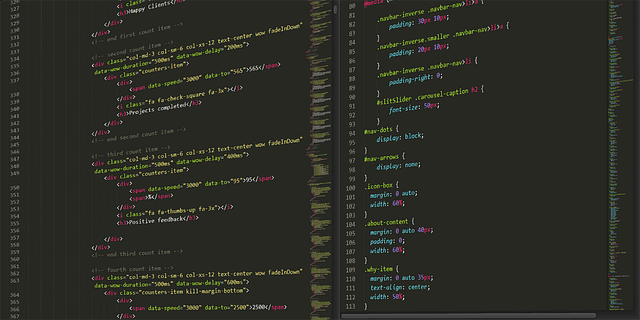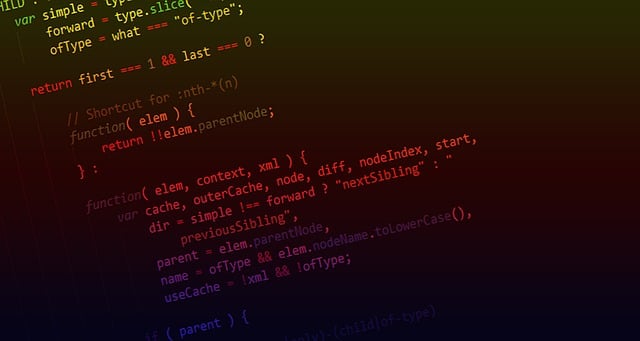In real estate, safety and functionality standards are vital for all stakeholders. This guide offers a comprehensive approach, emphasizing structural integrity, fire safety, accessibility, and hazard identification. By adhering to local and national guidelines, developers, investors, and owners create safe, appealing spaces that enhance tenant experiences. Innovative features like smart home technology further elevate property appeal and community sense. Regular inspections, maintenance, and tracking systems ensure compliance, fostering a culture of awareness and accountability among tenants.
In the dynamic realm of real estate, prioritizing safety and functionality is paramount. This comprehensive guide delves into essential aspects of real estate safety regulations, offering a detailed understanding of compliance standards. We explore how enhancing functionality can significantly improve tenant experiences, while best practices ensure spaces remain safe and well-maintained. By adhering to these guidelines, real estate professionals can create environments that are not just compliant but also exceptional.
Understanding Safety Regulations in Real Estate: A Comprehensive Guide

In the realm of real estate, prioritizing safety is paramount for both property owners and potential buyers. Navigating the intricate web of safety regulations can be a daunting task, but it’s essential to ensure that every space, from residential homes to commercial buildings, meets stringent standards. A comprehensive guide to understanding these regulations is crucial for anyone involved in the industry. By familiarizing ourselves with local and national guidelines, we empower ourselves to create safe havens and avoid potential hazards.
This guide delves into the key aspects of real estate safety, encompassing everything from structural integrity and fire safety measures to accessibility standards and hazard identification. It’s not just about compliance; it’s about fostering environments where people can thrive. By understanding these regulations, developers, investors, and homeowners can make informed decisions, ensuring their properties meet or exceed functionality standards. This proactive approach not only protects tenants and residents but also adds value to any real estate asset.
Enhancing Functionality: Standards to Improve Tenant Experience

In the real estate sector, enhancing functionality standards isn’t just about aesthetics; it’s a crucial strategy to elevate the tenant experience. Going beyond basic amenities, property managers and developers are now focusing on innovative features that cater to modern lifestyles. This involves integrating smart home technology, offering seamless digital access for maintenance requests, and providing robust online portals for lease management. Such innovations not only make daily life easier for tenants but also increase property appeal, fostering a sense of community and convenience.
By adopting these standards, real estate professionals can create environments that are not just habitable but truly welcoming. A well-designed digital infrastructure, for instance, allows tenants to manage their living spaces efficiently, from remote temperature control to instant communication with maintenance teams. This focus on functionality ensures that properties meet the evolving needs of today’s tenants, setting new benchmarks in the industry and fostering long-term tenant satisfaction.
Ensuring Compliance: Best Practices for Maintaining Safe and Functional Spaces

Ensuring compliance with safety and functionality standards is paramount in real estate, both for legal requirements and maintaining tenant satisfaction. Best practices involve regular inspections and maintenance to identify potential issues before they escalate. Property managers or owners should establish a comprehensive checklist that accounts for all critical areas, including structural integrity, fire safety, accessibility, and environmental considerations.
Implementing a robust system for tracking repairs and maintenance records is essential. This enables proactive addressing of recurring problems and helps in meeting regulatory standards. Additionally, keeping detailed documentation of all safety features, such as smoke detectors, fire extinguishers, and emergency exits, ensures that these critical elements are up-to-date and functioning correctly. Regular communication with tenants about safety protocols and training sessions can also foster a culture of awareness and accountability.






